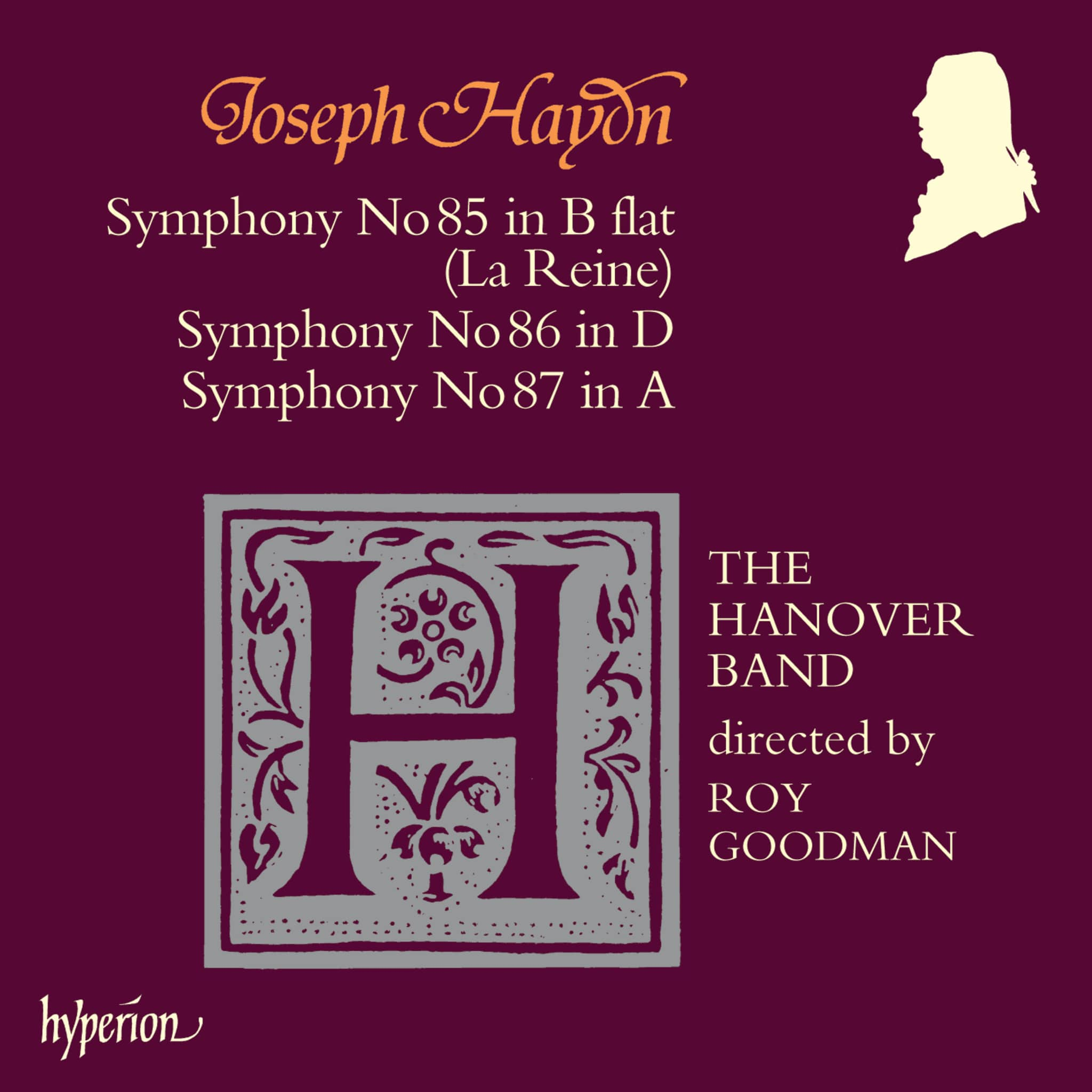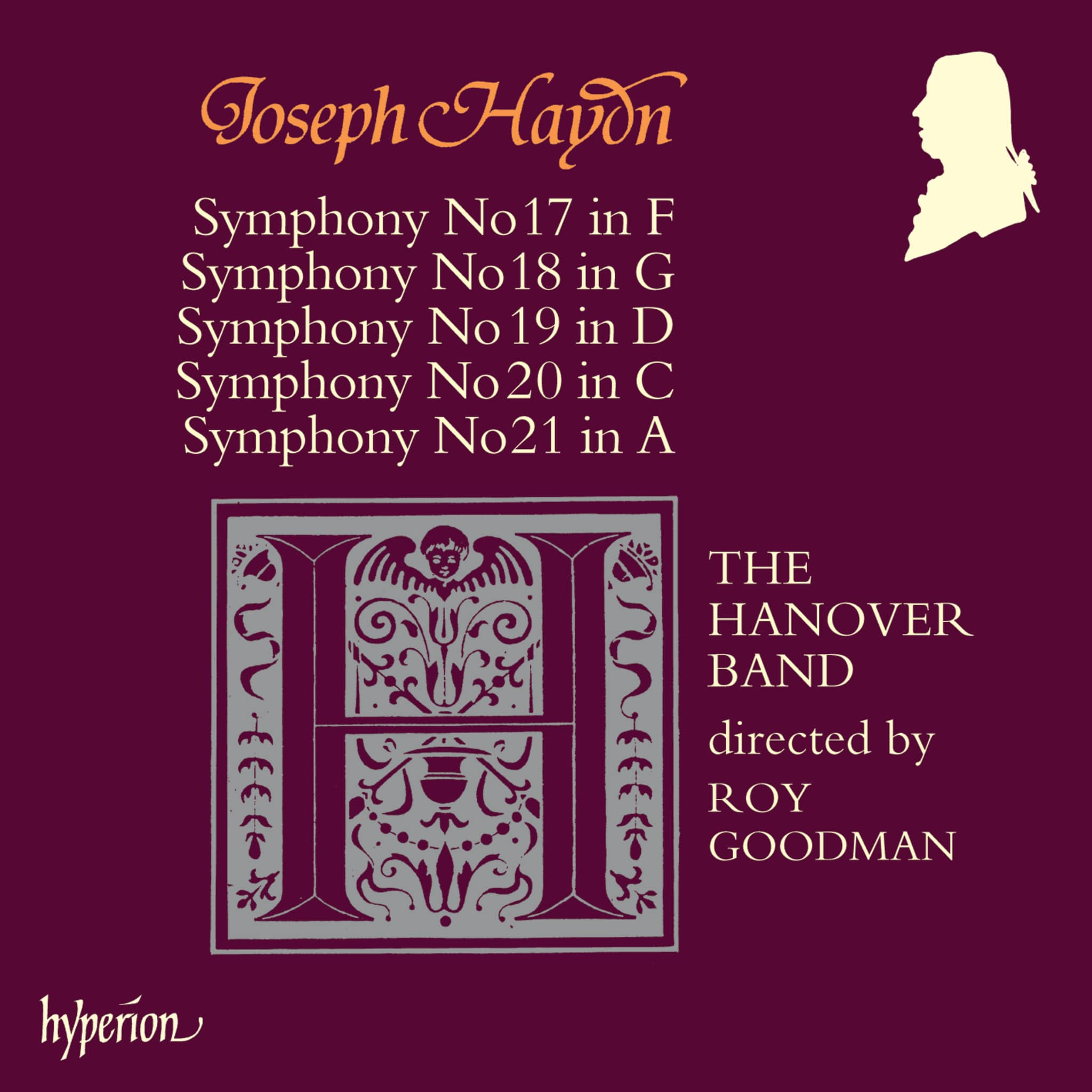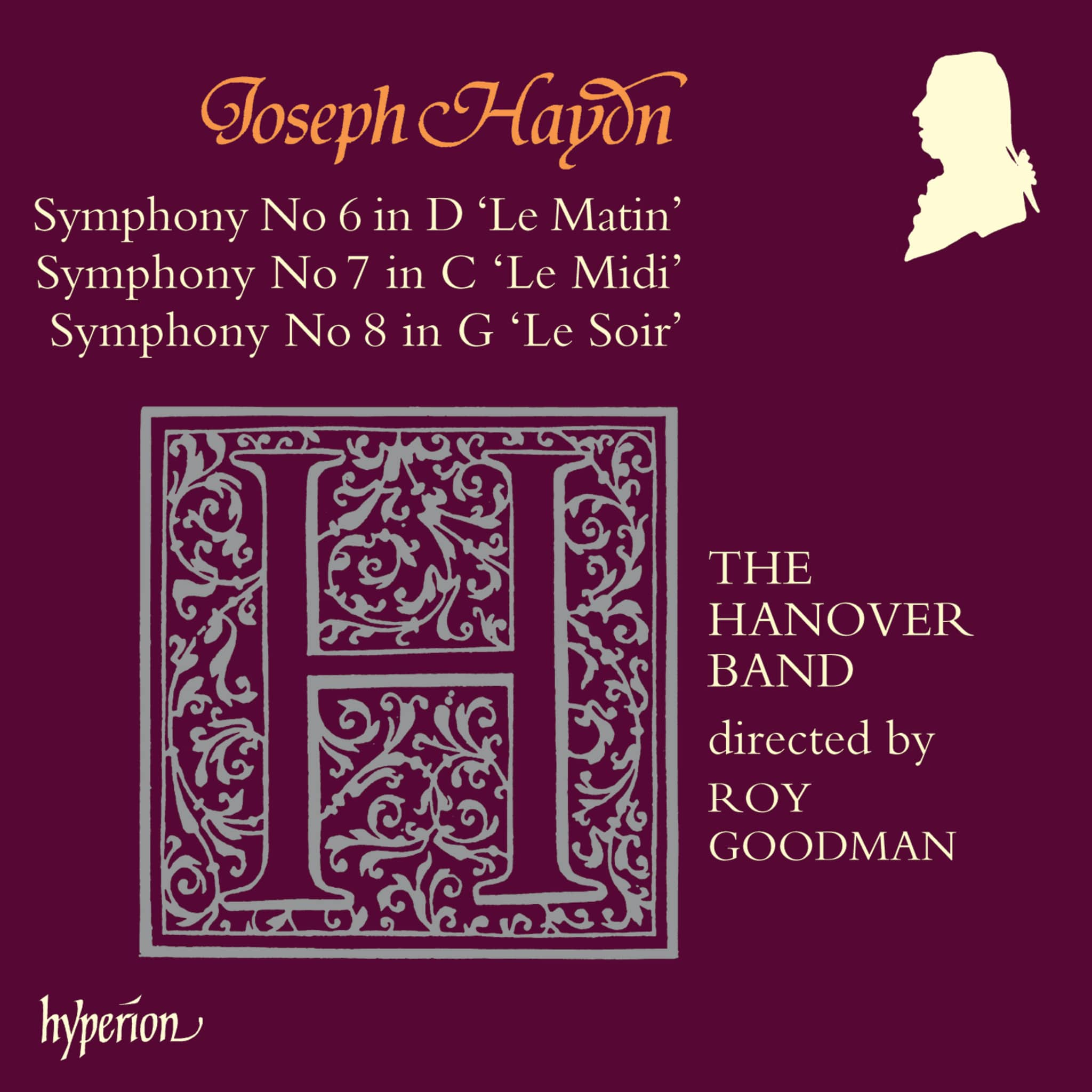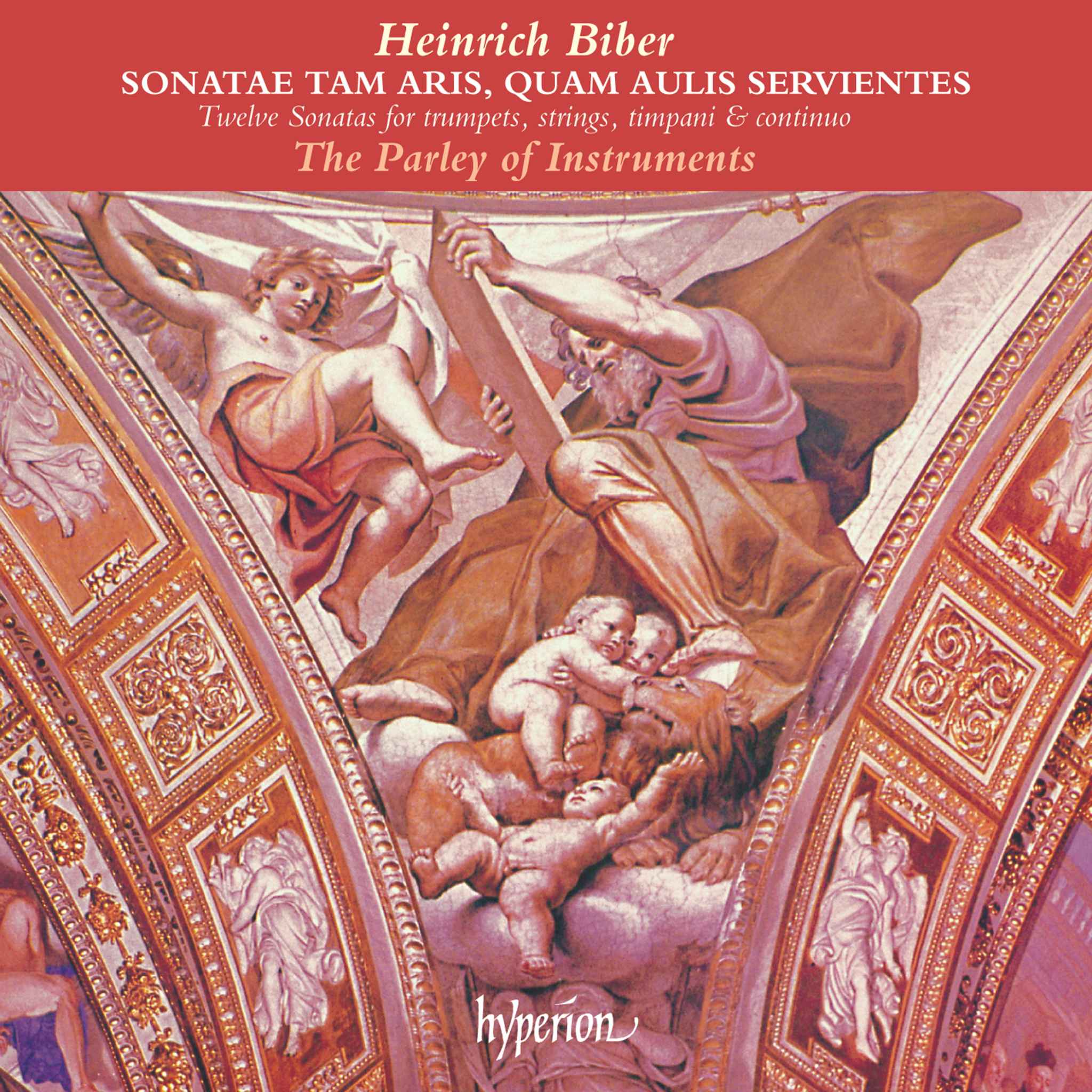Album insights
Francesco Cavalli, born on February 14, 1602, in Crema, as the son of organist Giovanni Battista Caletti, started his musical journey as a choirboy at the cathedral. Venice's governor Federico Cavalli sponsored him, leading to the young Francesco Caletti becoming Francesco Cavalli. He joined the choir of St. Mark's in 1616, where he remained until his death, except for his time in Paris from 1660-1662. Cavalli's pivotal role in Venetian opera, following Monteverdi's death in 1643, saw him compose over 30 operas, including "Xerse" and "Ercole amante," during his Parisian venture. His passing on January 14, 1676, in Venice, left provisions for his eight-voice setting of the Requiem Mass, performed bi-annually.
Most of Cavalli's surviving sacred music is contained in his 1656 "Musiche sacre". The collection, typical of its era, includes a multi-voiced Mass Concertata, Psalms, and hymns for Vespers, concluding with several ensemble sonatas. These pieces offer diverse instrumentations, musical styles, and moods that Cavalli incorporated into composing the Mass. While uncertain when specifically the Mass Concertata was penned, the solemn event on May 1, 1644, marking the reconciliation between the Vatican and the Duchy of Parma, serves as a plausible inspiration. Much like Monteverdi's techniques, Cavalli utilized contrasting musical sections structured with instrumental interludes, embodying the graceful triple-meter rhythm found in Venetian operatic arias. Despite his discipleship to Monteverdi, Cavalli's unique voice shines in introspective moments like the poignant "et in terra pax" segment of the Gloria or the exquisite "Crucifixus" passage from the Credo.
Cavalli's instrumental compositions, cataloged as "Sonatas" but more aptly described as "Canzonas," echo influences from the sixteenth century. Ranging from six to eight voices, these pieces utilize a neutral contrapuntal style adaptable for brass and string players, with contrasts between high and low instruments, duple and triple meters, and dual choirs. Displaying a mix of old-fashioned musicality and modern instrumentation, Cavalli’s Canzonas cater to the evolving musical landscape of the time. In this reenactment of Cavalli's era, the recording took place in St. Jude's Church in Hampstead Garden, closely resembling the acoustics of St. Mark's Church. Featuring solo voices to emulate the Italian choral tradition and a specially-crafted organ reminiscent of those used for continuo playing in Italian Baroque churches, the performance aims to provide a more authentic rendition of Cavalli's music.









